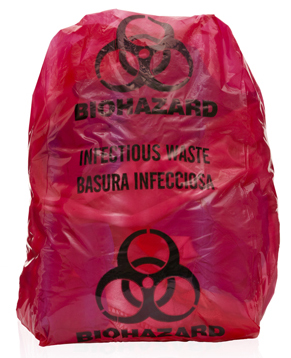Hospital, Biomedical & Pathological Waste

This type of waste is generated by health care organizations such as hospitals, clinics, physicians' offices, dental offices, veterinary facilities, medical laboratories and research facilities. Medical waste poses serious threats to the environment. These facility’s waste contains infectious elements and must be disposed of safely and skillfully.
This is typically accomplished through thermal waste treatment or autoclave.
Disadvantages of autoclaving include:
- Expense of training employees in autoclave procedures
- Inability to alter waste appearance and reduce volume
- Environmental/emissions liabilities
- Unsuitability for certain waste types
- Load density critical to treatment
Thermal waste treatment systems are the preferred method of medical waste disposal because it can be used for all types of waste and reduces the total weight and volume of the waste by as much as 95%.
Currently, there are two main regulating bodies overseeing medical waste treatment systems: The EPA in the U.S. and in Europe (EU 2000/76/EC). IWI systems are designed in full compliance with both of these agencies’ directives, in addition to any requirements at the local level.

IWI’s Dual Reactor Systems are suitable for treating a range of biomedical and pharmaceutical waste products, including:
- Pathological waste
- Laboratory and microbiology waste
- Blood and bodily fluids
- Human and animal tissues
- Expired and off-spec pharmaceutical drugs
- Patient contact wastes
- Waste sharps
The types of medical waste that can be treated include:
- Infectious waste from hospitals
- Infectious, “red bag” waste (also called biohazardous)
- Health care waste from hospitals, clinics, and polyclinics
- Surgery waste
- Biomedical waste
- Pathological waste
-
Pharmaceutical waste











